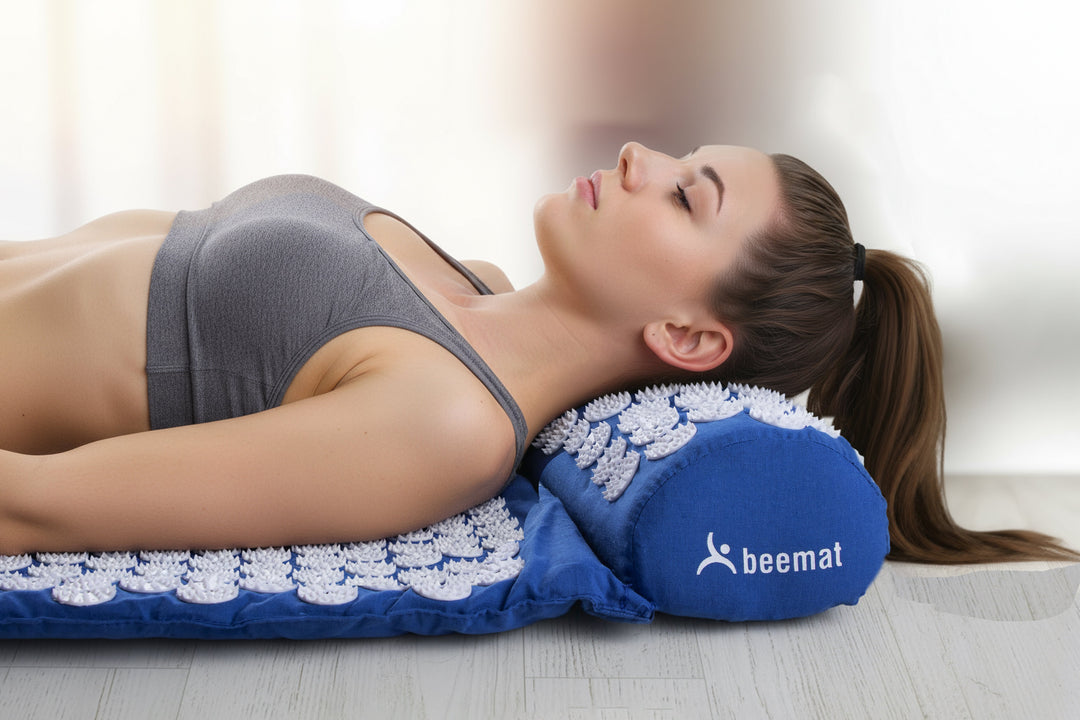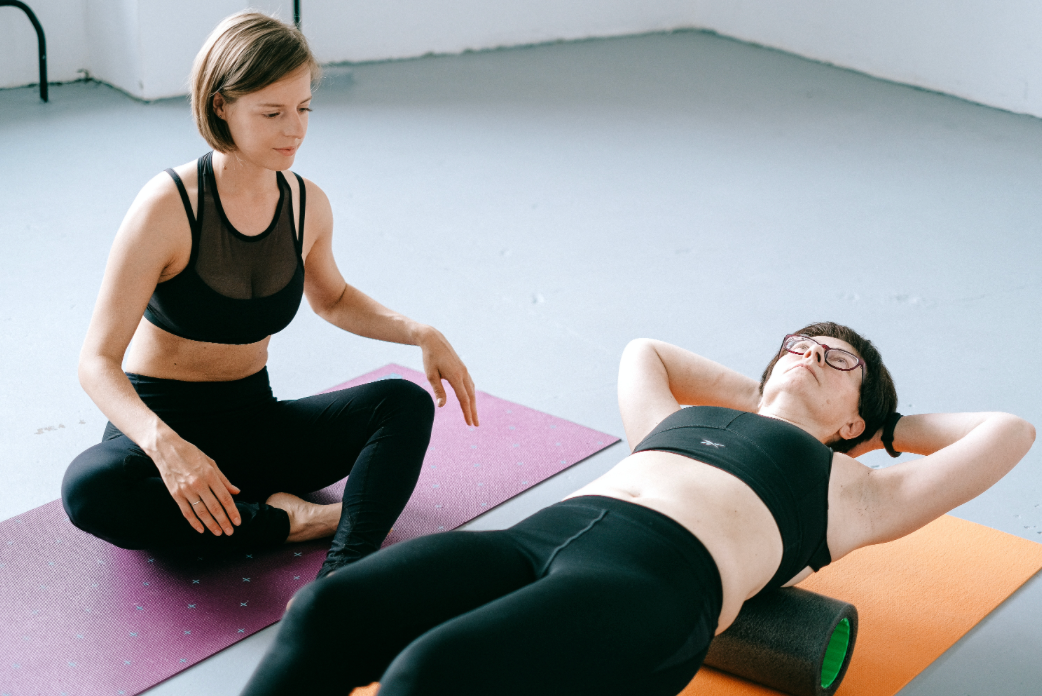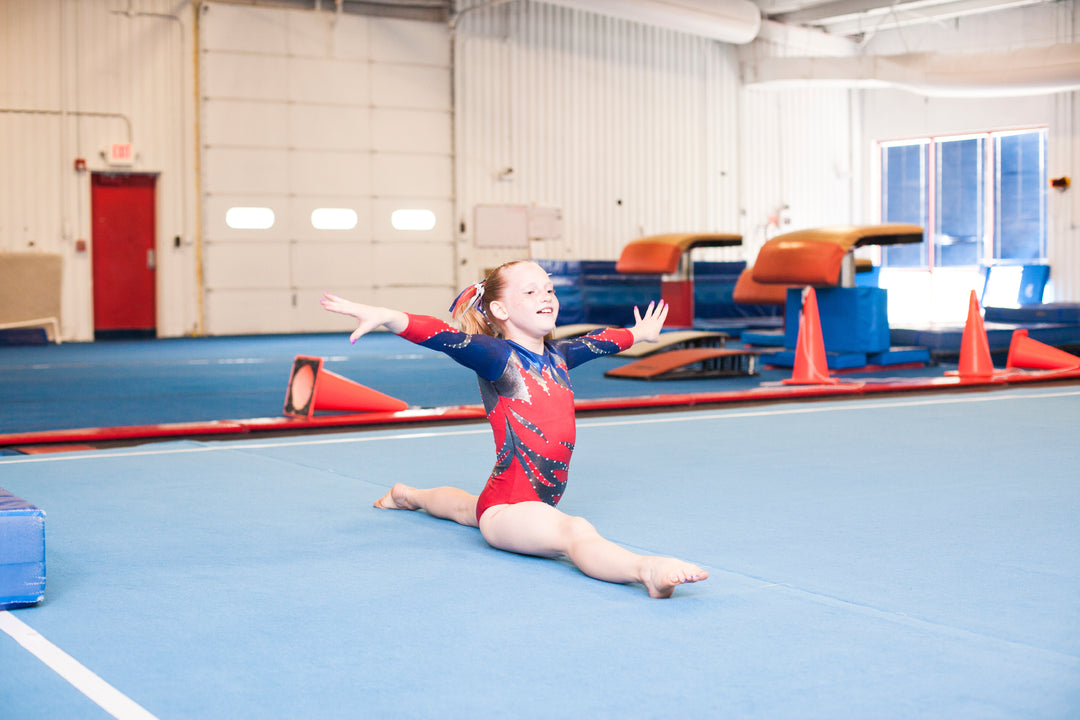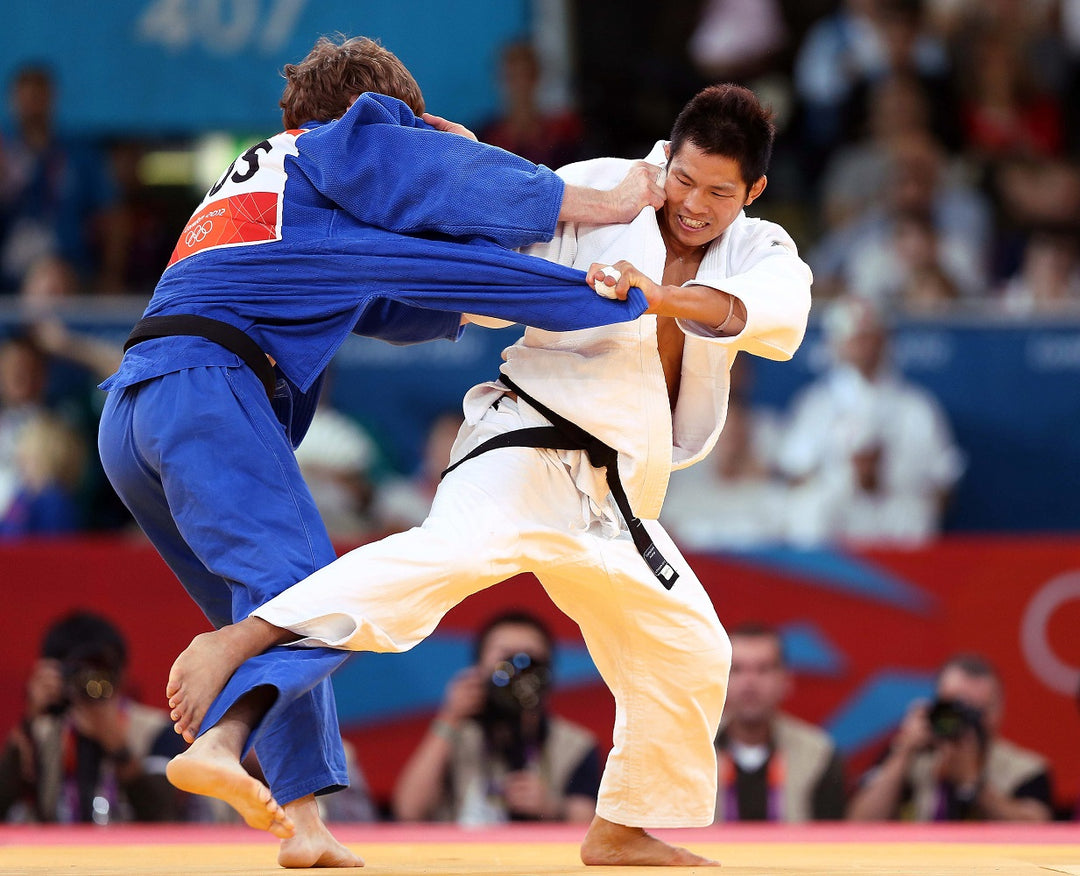The Benefits of Gym Mats
Exercise mats are a popular piece of home fitness equipment which provides support for workouts and exercise routines. Exercise mats are vital if you are performing any type of floor work such as abdominal, core, and flexibility training as they will help to reduce the risk of injury.
Exercise mats are designed to protect parts of your body that could get injured during a work-out such as your knees, elbows and tailbone during floor exercises. Some mats needs to be thicker and some thinner than others depending on the type of exercise you are doing.
Below, Beemat takes a look at the different types of gym mat available, and their benefits during exercise routines:
Protective padding - Exercise mats provide padding which automatically cushions and protects your knees, elbows and tailbone during floor work. Without padding, you could cause damage to parts of your body that are not protected.
Mats for Yoga & Pilates - Yoga mats are thinner than general exercise mats and are designed so that they can be stood on without compromising a person's balance. Pilates exercise mats are thicker and will protect your spine, hips and tailbone during floor exercises.
Keeps clean - Exercise mats are designed to absorb perspiration, which keeps the floor and carpets clean, an added benefit if you're exercising at home.
Multi-functional - gym mats can also be used to support the back during some exercises. Mats are also usually thin enough to be rolled or folded up to provide additional support to your body during core exercises if required.
East to store and transport - most gym mats are designed to be easy to store away at home. They can be rolled up tight and many come with a carry strap which makes transportation to classes much easier.
Tough and durable - gym mats are made of closed-cell foam that is tough, durable and easy to clean. Furthermore, it doesn't dent like other materials, so will last longer.
Green or Eco-friendly - these mats are environmentally friendly. Made from recyclable materials, the mat can be easily disposed and recycled and doesn't emit any chemical odours.
Which gym mat should I buy?
Length - choose an gym mat that is longer in length. Typical exercise mats tend to be around six foot in length, but longer exercise mats are more useful, particularly for taller people.
Thickness - in general thinner mats are 3/16 to 3/8 inch thick, making them ideal for standing poses that could be affected by thicker mats. Choose an exercise mat that is around 5/8 thick for general workouts and Pilates - the additional padding is ideal for putting weight on your hips and tailbone

Surface - gym mats should be designed to 'grip' the floor. allowing you to perform exercises and move about on the mat without it sliding around. They should also be designed to absorb perspiration - to prevent slipping during exercise.
Flat mats - make sure you have a gym mat that lays out flat. If it continuously curls back into the shape it was rolled up in, it will be of no use to you.
Shop around - before you purchase an exercise mat, it pays to do your homework. Shop around to find out which mat is best suited to your needs. Choose a website which includes reviews of exercise mats and read what other people have to say about the mat before your purchase.








